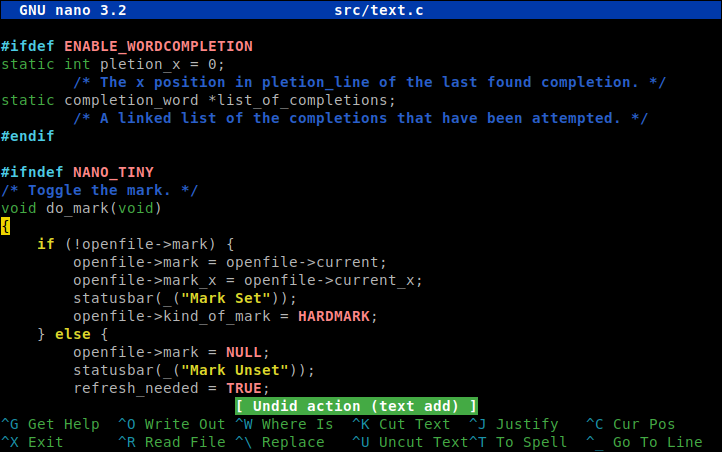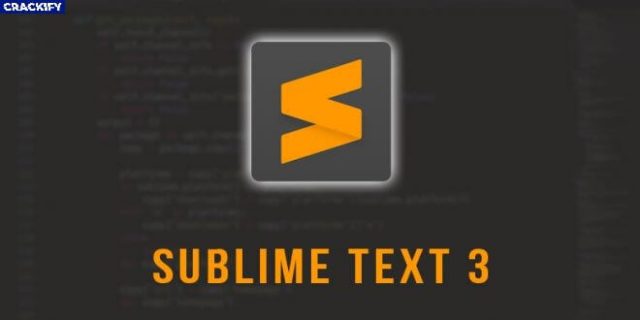

- #PLAIN TEXT EDITOR LINUX DABIAN INSTALL#
- #PLAIN TEXT EDITOR LINUX DABIAN VERIFICATION#
- #PLAIN TEXT EDITOR LINUX DABIAN SOFTWARE#
- #PLAIN TEXT EDITOR LINUX DABIAN CODE#
- #PLAIN TEXT EDITOR LINUX DABIAN WINDOWS#
#PLAIN TEXT EDITOR LINUX DABIAN INSTALL#
Under Ubuntu/ Linux Mint systems, you can install ‘ tea editor’ using ‘ Universe repository‘.
#PLAIN TEXT EDITOR LINUX DABIAN CODE#
On Debian Wheezy, I’ve added following repo to my ‘ /etc/apt/sources.list‘ file and installed the source code (for Debian) from the link above, and everything went smooth. The source code and packages of Tea editor can be downloaded from the link below, as per the distro and system Architecture. It is recommended to continue with the current development Tea-Qt. The GTK based older branch depends upon GTK+. Tea-Qt is dependent upon Qt 4.4+ or Qt 5.
#PLAIN TEXT EDITOR LINUX DABIAN WINDOWS#
Which works as Text Editor and Word Processor with several unique features, for Linux and Windows platform.
#PLAIN TEXT EDITOR LINUX DABIAN SOFTWARE#
Tea is an Open Source Application Software written C++ programming language and the GUI is developed in QT. In this post we will be discussing its features, usages, installation in detail and will be testing it as in the end. ‘Tea’, an application which is the combination of a text editor and a word processor. A word processor on the other hand performs word processing which includes composition, editing, formatting of written data. Emacs 21 and later.A text editor is an application program which is used for editing plain text files, configuration files and source codes of programming languages. Vim xmledit plug-inAlso see Vim as XML EditorĮmacs nXML mode: nXML mode allows a schema to be associated with the XML document being edited. Vim Plug-ins: The Linux Vim editor MatchIt or xmledit plug-in can extend the "%" key to match XML/XHTML tags.

#PLAIN TEXT EDITOR LINUX DABIAN VERIFICATION#
A very capable editor but not very good at verification of XML and XSD.Įclipse structured text support for markup languages: CSS, DTD, HTML, JSP, XML, XSD I've used it and found it to be a very capable editor with clear validation warning and error messages.Įclipse: Cross platform Java IDE supports XML / XSLT / XSD / DTD. Oxygen XML: Commercial cross platform Java GUI XML / XSLT / XSD / DTD stand-alone or Eclipse plug-in editor. I like it for error checking of XML files. Syntax highlighting, cross platform, plain text, C++ and Python language support Syntax highlighting, cross platform, plain text, programming language support, regular expression search and replace, file manager, ridiculously comprehensive, almost an IDE. It is your basic intuitive and easy to use GUI editor. NEdit: This is one of the original Unix GUI editors programmed in Motif. While it provides many of the features offered by a GUI text editor, it will still require knowledge of vim to stay out of trouble. Gvim: This an attempt to provide a GUI editor based on the vim console editor. It supports syntax highlighting, printing, a variety of plug-ins, multi-language spell check, tabbed for multiple files, etc. Gedit: This is the default text editor for the Linux Gnome desktop. While it is not intuitive and has a learning curve, it is worth learning if Linux is part of your career or future. This editor is ubiquitous and available on all Linux systems and is the "standard" Linux editor. Vim: This console based plain text editor supports syntax highlighting and numerous plug-ins for specialized configurations and features. Pico: This console based plain text editor operates with the simplicity of a GUI editor making it a favorite with Linux beginners. Text based but with some GUI menu features (accessible via esc+M). Jed: This console based plain text editor supports menus and other GUI features in a console based terminal. It tries to support every feature possible.Īlso see the emacs/xemacs tutorial. Emacs: This console based plain text editor supports the theory that more is better.


 0 kommentar(er)
0 kommentar(er)
